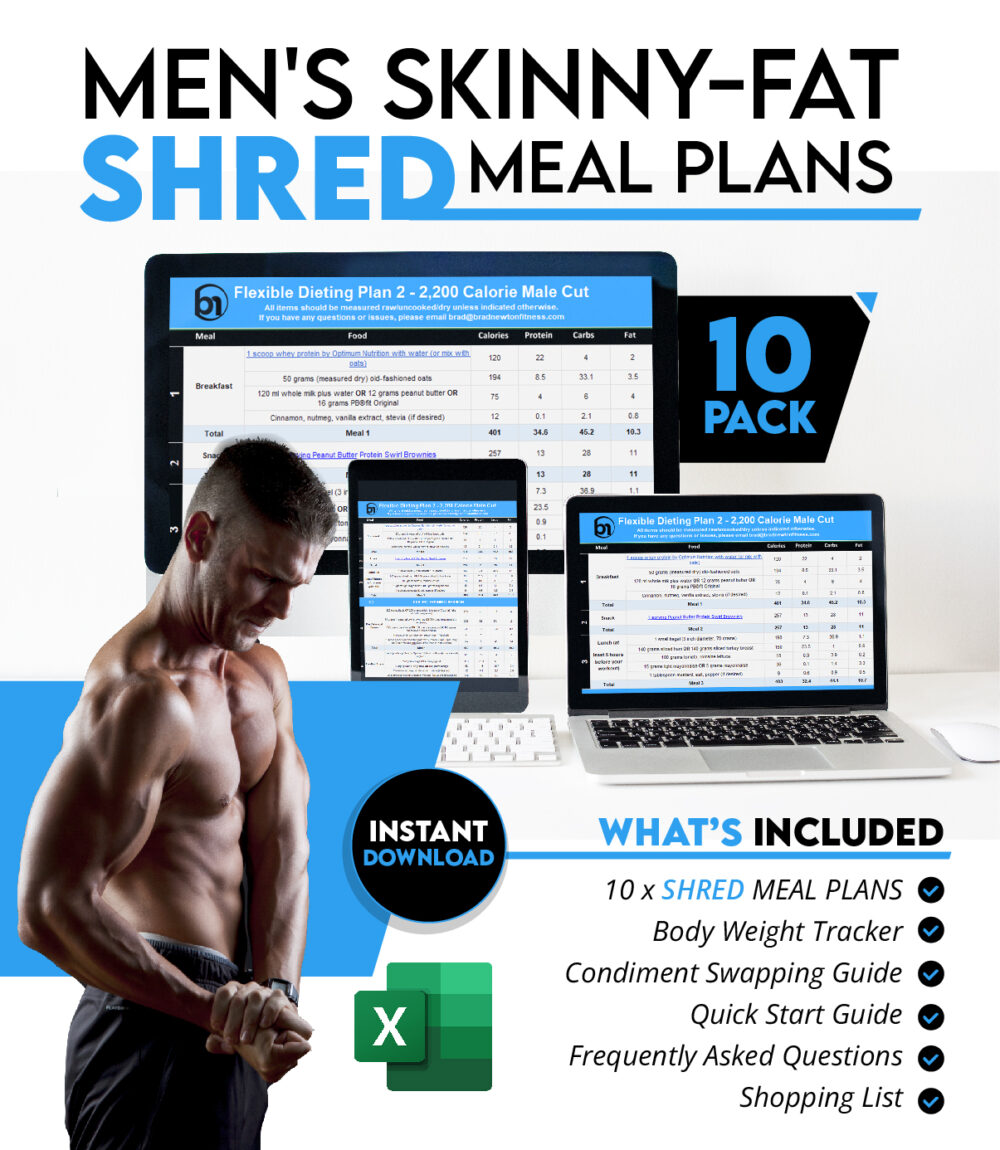One of the key factors that hindered my progress in the gym during the initial 18 months of my journey as a skinny-fat guy was the failure to incrementally increase the weight in my major lifts. I neglected the gradual increase, or progressive overload, in the weight, frequency, and repetitions within my push-pull-legs training routine.
When I implemented the concepts I’m about to share with you around progressive overload training, along with other principles that I share in my fitness transformation journey, I saw a dramatic transformation from my skinny-fat physique (as below):

What Is Progressive Overload?
Progressive overload training is the guiding principle that should steer all your lifting sessions. Incorporating the straightforward concept of progressive tension overload, which I’ll share with you shortly, marked a turning point for me as I witnessed huge improvements in strength across major lifts such as the bench press, deadlift, barbell squat, and overhead press.
In this brief article, I’ll share with you how I effectively applied progressive overload to accelerate muscle and strength gains to their maximum potential. Failing to apply this fundamental principle, as I did in my late 20s, and you may find yourself stuck in an training plateau.
At its essence, weightlifting plateaus and stagnation in muscle gain arise from the failure to properly integrate progressive overload, while all strength and muscle gains stem from its effective application.
What sets progressive overload apart from merely “doing a hard workout” is its gradual and purposeful nature. In the world of weightlifting, this typically involves meticulous tracking of workouts and a conscious effort to lift more weight or increase reps and/or sets in subsequent sessions. Personally, I use FitNotes to track my workouts, ensuring consistent progressive overload on major lifts week after week.
It’s also the main reason why I recommend sticking with the same routine, same exercises, and same exercise order for at least 12 weeks.
If you’re constantly changing up program variables, how are you going to consistently progress? You’re not! This is why so many people get stuck spinning their wheels in the gym – they change things up too often. Constantly changing-up my rep ranges and exercise selection was one of the biggest mistakes I made in the early days of my own training journey.
How to Apply Progressive Overload?
Regardless of the weightlifting exercises you choose, the frequency of your training sessions, the weights you lift, or any other factors associated with your workout program, achieving progressive tension overload is crucial for making gains.
One effective method to incorporate progressive tension overload into a strength training routine is through double progression. In this approach, you operate within a specific rep range (e.g., 10-to-12 reps). Once you successfully reach the upper limit of that rep range for a certain number of sets in a single workout (typically one, two, or three sets), you then increase the weight, usually by 5 or 10 pounds.
If you can still manage to achieve at least the lower limit of your rep range with the new, heavier weight, you continue working with it until you reach the designated progression target (number of top-rep sets) again. Subsequently, you increase the weight once more, repeating this process. The term “double progression” reflects the dual focus on increasing reps within a specific rep range and then capitalising on that progress by increasing the weight.
To illustrate how this strategy works, consider a training program that prescribes 3 sets of barbell bench press within the 10-to-12-rep range. In your first set, you achieve 12 reps with 90-pounds of weight, meeting the progression target for the exercise (1 top-rep set), prompting you to increase the weight. You add 5 pounds to the bar (95 pounds), take 2-to-3-minute rest, and then complete the next 2 sets in that workout with 10 reps each. As long as you stay within the target rep range (10-to-12 reps) with the 95-pound weight, you persist with it until you can accomplish 12 reps for 1 set, after which you increase the weight to 100 pounds.
Here’s an example of how this progression might unfold over a four-week period with a target rep range of 10-to-12 reps on the barbell bench press.

For exercises such as bench press and overhead press, I would suggest progressively overloading with weight in 5 lb increments (2.5 lb plates per side).
For exercises such as squat and deadlift, I suggest adding weight in 10 lb increments (5 lb plates per side).
What if you’re unable to achieve the lower end of your rep range with the newly increased weight? Consider a scenario where, for instance, you increase to 110 pounds on the barbell bench press but only manage 7 or 8 reps.
Solution? Reduce the weight by 5 pounds or so until you reach the lower end of the rep range.
Sometimes, you might only achieve one extra rep in a training session. This should be celebrated. It’s progress! As you become more and more experienced, you will be fighting for every single rep.




















